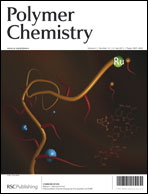Mechanochemistry, or the translation of macroscopic forces into discrete chemical reactivity, has a rich and diverse history. From the seminal demonstration that mechanical grinding could facilitate the reduction of cinnabar, to the more sophisticated single molecule and polymer assisted mechanochemical phenomena that have recently been observed, a number of intriguing chemical transformations have been found to exhibit rate enhancements upon mechanical perturbation. While mechanochemistry has traditionally been confined to the realm of synthetic and materials chemistry, a promising avenue of exploration is rooted in the area of mechanobiochemistry, or the study of mechanically responsive biomacromolecules. Here, we detail recent efforts toward the mechanical manipulation of biopolymers with a specific focus on those examples wherein mechanical perturbation is employed to modulate the properties and activities displayed by macromolecules of biological relevance. In addition, we provide a brief description of recent advances in the development of biocomposites that exhibit interesting and useful mechanical, catalytic, and sensing properties. Finally, new materials applications that build upon the fundamental studies involving force-responsive biomaterials are discussed.

You have access to this article
 Please wait while we load your content...
Something went wrong. Try again?
Please wait while we load your content...
Something went wrong. Try again?


 Please wait while we load your content...
Please wait while we load your content...